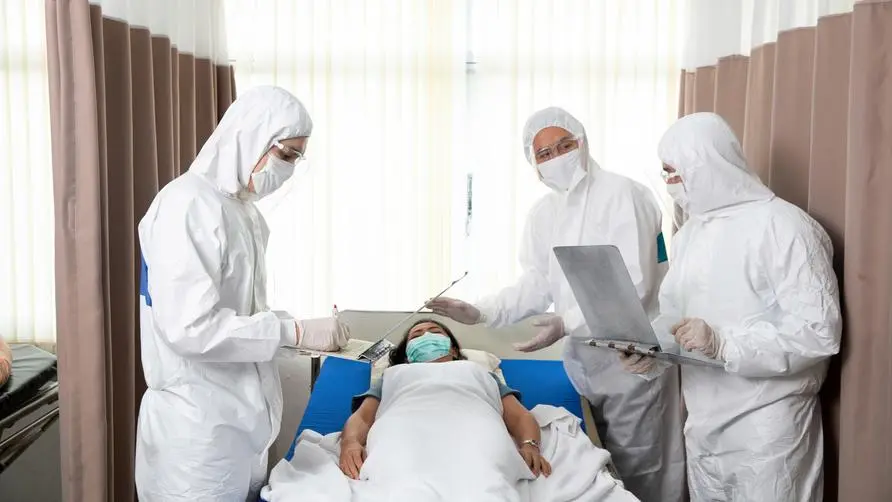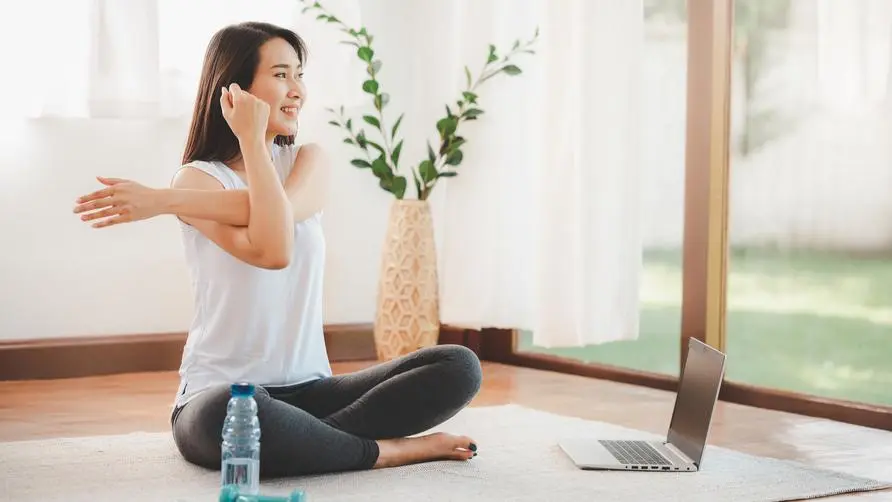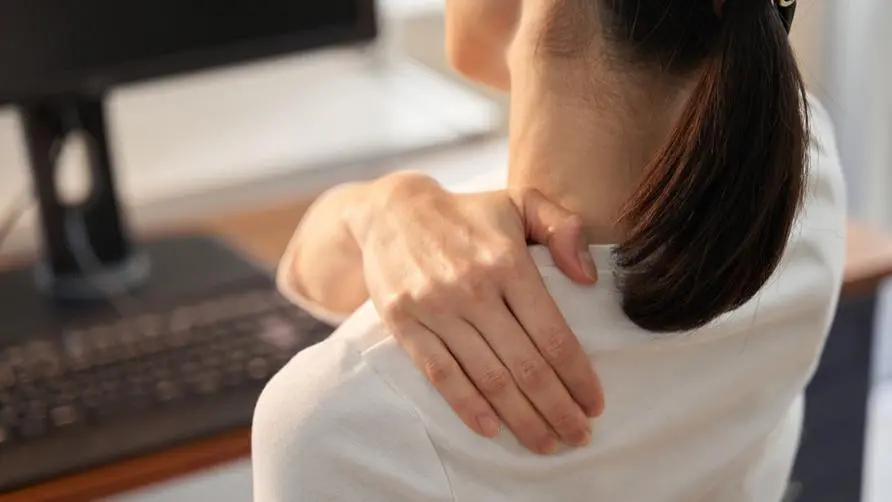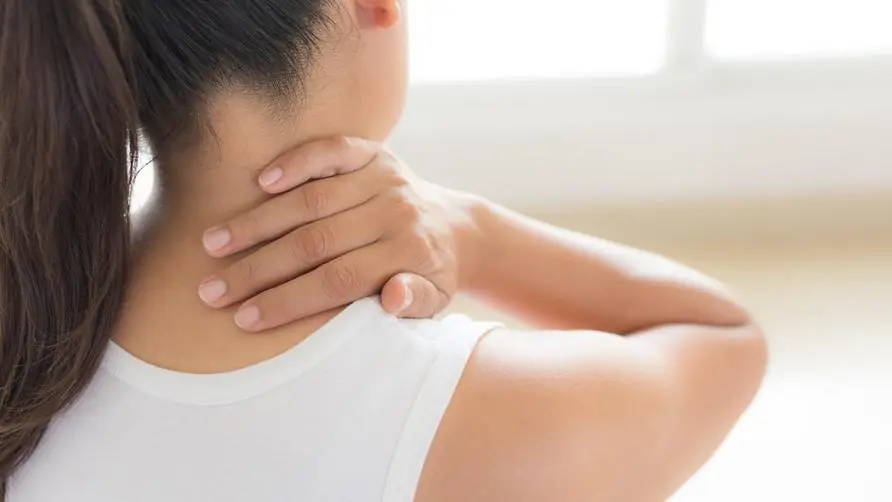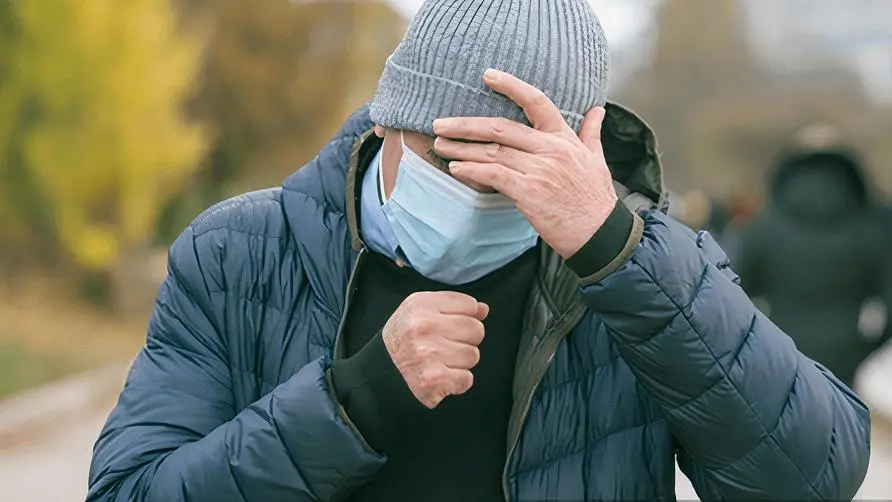Playing cards during the Spring Festival will get rid of "all-body pain". Be careful of shoulder pinches and flashes to the waist! 3 tricks to solve muscle tightness

Common postural injuries during the Spring Festival: beware of neck and shoulder pain that may spread to your waist
During the Spring Festival reunion, you should still do more stretching exercises to avoid pain problems. As the New Year approaches, every household will take advantage of the good weather to clean up. During the Chinese New Year, families get together, play cards, and watch TV. Dr. Xu Hongzhi of the Rehabilitation Department of Chiayi Chang Gung Memorial Hospital points out that after the New Year and holidays, the rehabilitation clinic often sees many patients with “Spring Festival pain”, including neck and shoulder pain, Shoulder attacks and flashes to the waist are common.
1. Neck and shoulder pain:
Due to postures such as playing cards, playing with mobile phones, tablets, and looking at computers, the head and neck are excessively stretched forward for a long time, causing compensatory tightening of the muscles in the back of the neck and shoulders, causing headaches and shoulder pain.
You can feel a band-like sensation in the tight shoulder muscles, and there will be abnormally painful nodules in some parts. When pressed, the pain will be transmitted to other parts, which is called “myofascial pain syndrome”. In severe cases, It may even cause a stiff neck, and when you wake up in the morning, you will find that your neck and shoulders are sore and locked and unable to move.
2. Shoulder attack:
Frequent activities such as cleaning, painting, stacking things, changing light bulbs, etc., and repeatedly raising the arm over the shoulder can easily cause the narrow space in the shoulder joint to cause compression. In severe cases, when the arm is raised to a certain angle, weakness and weakness suddenly occur. And hanging down, or unable to turn the hands behind the back, such as dressing or taking a rest.
Over time, this will lead to a fear of moving the shoulder on the painful side, which will lead to a vicious cycle in which the range of motion is smaller and the pain is more likely to occur.
3. Flash to the waist:
It is common to hear patients complain that when lifting heavy objects from the floor while cleaning, they suddenly experience severe pain in their lower back and are unable to move. Or when you are lying in bed and about to sleep after a long day of work, your back muscles become tight and cramped when you turn over, making you unable to move due to pain.
Pain in the buttocks and lower back that flashes to the waist is something that almost everyone has experienced. Sometimes the muscles in the back even spasm, causing pain when moving. It will only feel better if you rest or lie down. This is usually a protective spasm of the back muscles, preventing further damage to the deeper tissues in the lower back.
Therefore, to loosen tight muscles, you must use a roundabout way, just like unwinding a curled rubber band, and cannot directly pull or push. In the acute stage, you must get enough rest, wear appropriate waist protection, use anti-inflammatory drugs to control pain, and use physical treatments such as heat compresses and electrotherapy.
Help piriformis stretch and relax with 3 tips from a rehabilitation physician to resolve pain
During the Spring Festival, it is recommended to avoid fixed postures and practice simple movements in moderation to help relax muscles. Dr. Xu Hongzhi also suggests that you can practice three self-care actions at home during the Chinese New Year.
1. Neck pain treatment exercises (neck contraction muscle stretching exercises)
Place the palm of your right hand on the temple of the right side of your head, and bend your head to the right side, but use your right hand to support it, allowing the neck muscles to fight against it, but do not turn your head to the side, as if your head and hands are pushing each other. Maintain for 5 to 10 seconds. Do each group three times, 3-5 groups a day, do both sides.
Usually avoid excessively straightening or pulling the head and neck back for a long time, such as painting the ceiling or high walls, or turning the neck to a certain angle for a long time, such as turning the head to an angle to look at the computer screen. Take frequent breaks and don’t stay in the same position for too long.
2. Shoulder Pain Treatment Exercises (Arm Chair and Arm Pendulum Exercises)
Lean your body forward. If your left arm is on the painful side, use your healthy side (right arm) to grasp the back of the chair or the edge of the table to stabilize your body. Droop your left arm and make a fist gently, or hold a dumbbell or a can of about 500 grams. Can hold drinks or heavy objects equivalent to 500 grams. First, rotate the left arm clockwise and counterclockwise when the arm is hanging down and straight, and then swing the left arm back and forth or left and right. The swing angle is about 30 to 45 degrees. Practice for 10 to 15 minutes each time, three times a day. If the affected side is the right arm, switch sides.
3. Maintenance exercises for knee pain (armchair squats)
This squatting posture, which is like sitting down and standing up on a chair, can make the lower body muscles of the legs and waist strong and stable, and move smoothly. In addition, it also has the effect of lifting the buttocks, making the body lines stronger and more beautiful.
To do this, stand with your feet shoulder-width apart and your hands stretched forward to hold the chair. As if you are preparing to sit back on a chair, bend your hip joints and squat down, push your buttocks back, and maintain this position for about 10 seconds. Release your hands, relax and return to a standing position, and repeat this action ten times.
The knees should not be slightly bent beyond the toes, and should be pointed straight ahead, so as not to feel soreness or injury. However, if you adjust it to a figure-eight posture with the legs abducted, it will help relax the piriformis muscle in the buttocks.
